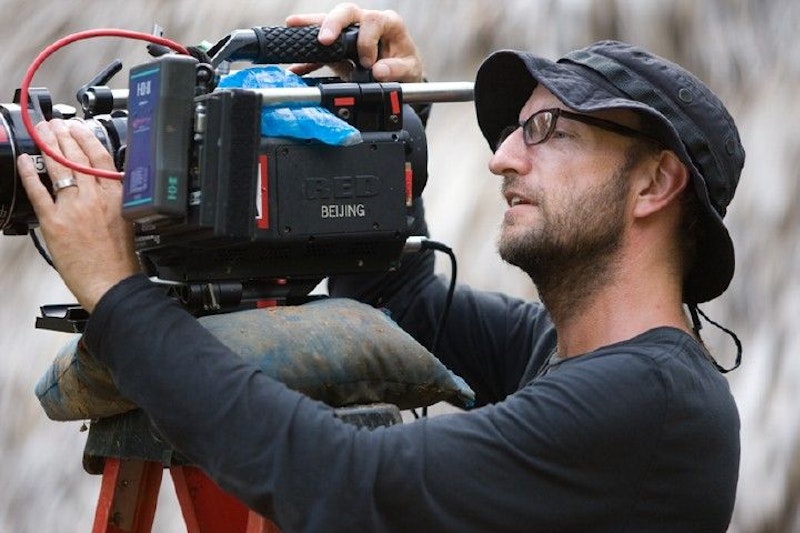Steven Soderbergh has had a career any filmmaker would envy. His was the ideal: get noticed with an eccentric debut (sex, lies, & videotape) that galvanizes Hollywood to support other independent auteur directors like Tarantino, PTA, Hanes, Solondz, and Robert Rodriguez; integrate into the studio system and helm major projects like the three Ocean’s movies, Oscar-bait Traffic and Erin Brokovich and Out of Sight; continue making a film or two a year, sometimes three, rotating between bigger, more conventional films and smaller eccentric ones, one for them one for me, still at a prodigious pace; stay ahead of a dying format by experimenting with video-on-demand (Bubble) and 4K cinematography; retire at 50 to become a painter. The opportunity to make films your way, often, with millions of dollars at your disposal, and a distributor of your choice, is pretty unique, especially since his work remains so consistently good. His latest and supposedly last film, Side Effects, is a creepy slow-burn thriller set in the land of pharmaceutical anti-depressants.
In the hands of a hack, this film could’ve easily found its place on the shelf, to be forgotten. It’s cast in this dark, sickly sepia-green tone that calls to mind sterile hospital hallways, painfully dull psychiatrist offices, and harsh fluorescent pharmacy waiting rooms. Rooney Mara is a supposedly manic depressive young woman with a husband just out of jail (Channing Tatum), a good job, and little to lose, when she attempts suicide by ramming her car full speed into a parking garage wall. She meets Dr. Jude Law at the hospital, and he starts prescribing her one SSRI after another, and only one, Ablixa, seems to take. Except that it makes her sleepwalk and she kills her husband under the influence one night by stabbing him in the chest. Whether she was conscious and pre-meditated in her actions, and if Law, the makers of Ablixa, or Mara are to blame gets very jumbled and confusing.
The great thing about Soderbergh is he manages to make films with wonderful aesthetics and bold artistic choices while still working broad and filling multiplexes as well as art houses. The editing here in particular is superb: he’ll frequently cut a scene abruptly, not even a beat after someone is done talking. The harshness of these cuts and the difference in adjacent scenes’ white noise sticks out, giving Side Effects a deep dread and paranoia about it, as the tunnel gets deeper and you have no idea who’s lying, who’s involved, and who’s getting the money. Hackneyed devices and story structures refreshed by smart, confident editing and cinematography is Soderbergh’s M.O.
He also continues to make a compelling and convincing case for digital filmmaking. The camera, either 4K or 8K resolution, used for Side Effects has its own appeal that is distinct from the flicker effect of 35mm film. A lot of lazy films shot on digital cameras (one dud that immediately comes to mind is the Kevin James turd Here Comes the Boom) have this flat, glassy look that makes them look no better than a Halo cutscene. When Soderbergh returns to filmmaking in five years, one can only hope his work will continue to be forward-thinking, aesthetically worthy, prolific, and accessible.
—Follow Nicky Smith on Twitter: @MUGGER1992

